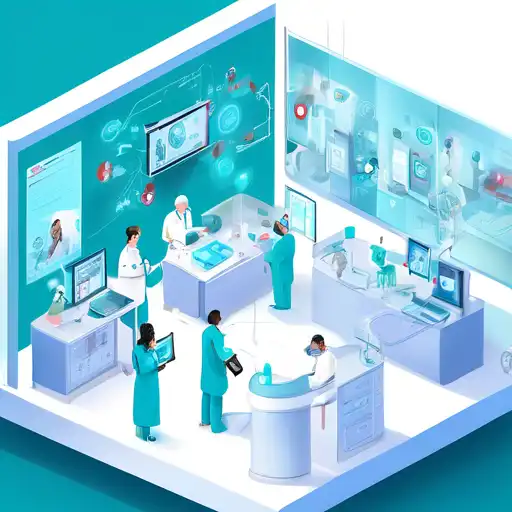The Transformative Impact of IoT on Modern Healthcare
The Internet of Things (IoT) is revolutionizing healthcare services by enabling more efficient patient care, improving treatment outcomes, and reducing costs. This technology connects medical devices, wearables, and sensors to the internet, allowing for real-time monitoring and data analysis. Here's how IoT is making a significant difference in the healthcare sector.
Enhanced Patient Monitoring
IoT devices such as wearable fitness trackers and smartwatches are now capable of monitoring vital signs like heart rate, blood pressure, and oxygen levels. This continuous monitoring helps in early detection of potential health issues, enabling timely intervention. For chronic disease patients, IoT offers a way to manage their conditions more effectively from the comfort of their homes.
Improved Treatment Outcomes
By leveraging IoT, healthcare providers can access a wealth of patient data in real-time. This data-driven approach allows for personalized treatment plans that are tailored to the individual's specific needs. Moreover, IoT facilitates remote patient monitoring, reducing the need for hospital visits and enabling patients to recover in familiar surroundings.
Cost Reduction
IoT technology helps in reducing healthcare costs by minimizing unnecessary hospital visits and enabling preventive care. Automated reminders for medication and appointments ensure better adherence to treatment plans, reducing the likelihood of complications and readmissions.
Streamlined Operations
Healthcare facilities are using IoT to streamline operations, from inventory management to patient flow optimization. Smart sensors can track medical equipment and supplies, ensuring that they are available when needed. This not only improves efficiency but also enhances patient care by reducing wait times.
Challenges and Considerations
Despite its benefits, the adoption of IoT in healthcare comes with challenges, including data security and privacy concerns. Ensuring the confidentiality and integrity of patient data is paramount. Healthcare providers must implement robust cybersecurity measures to protect against potential breaches.
In conclusion, IoT is transforming healthcare by improving patient care, enhancing treatment outcomes, and reducing costs. As technology continues to evolve, the potential for IoT in healthcare is boundless. For more insights into digital health innovations, explore our digital health trends section.
